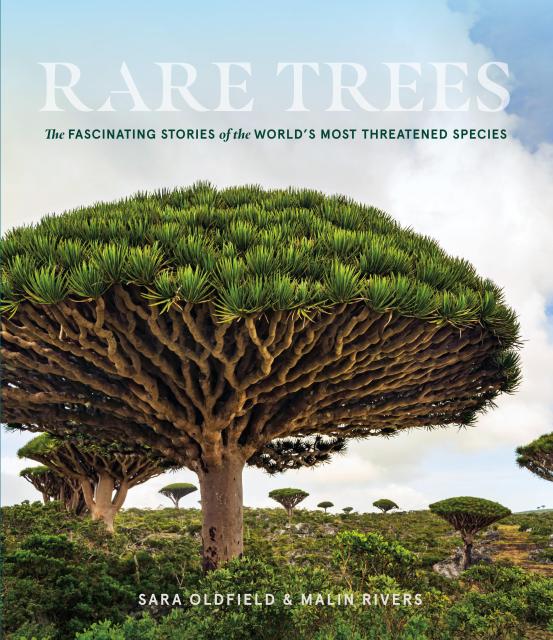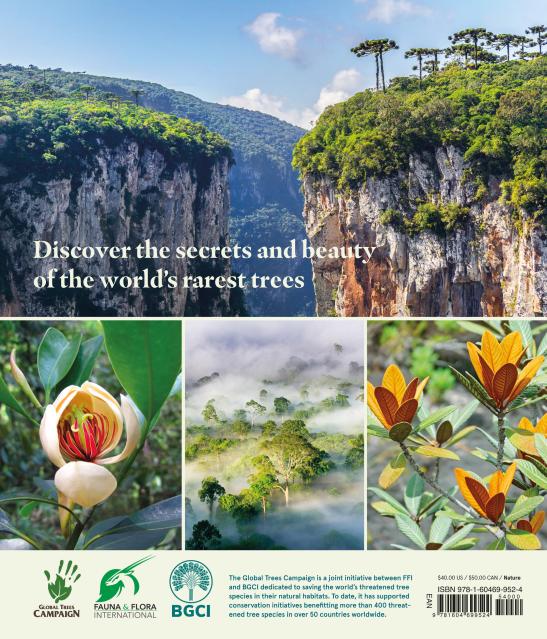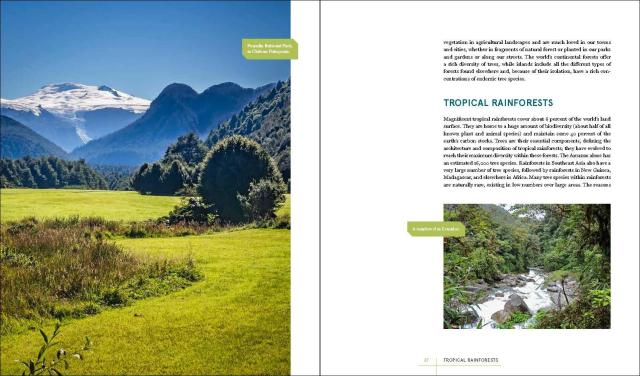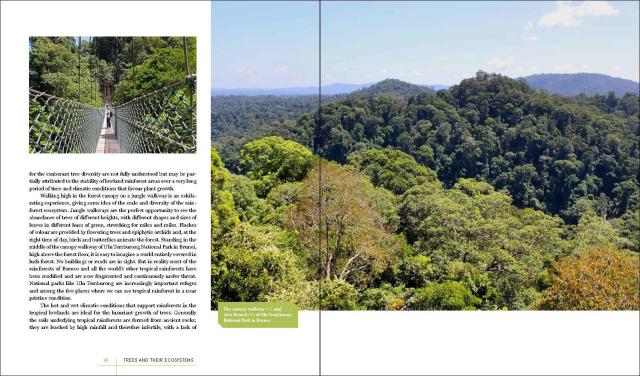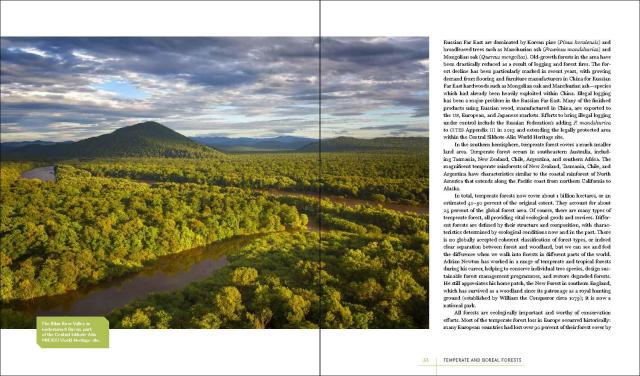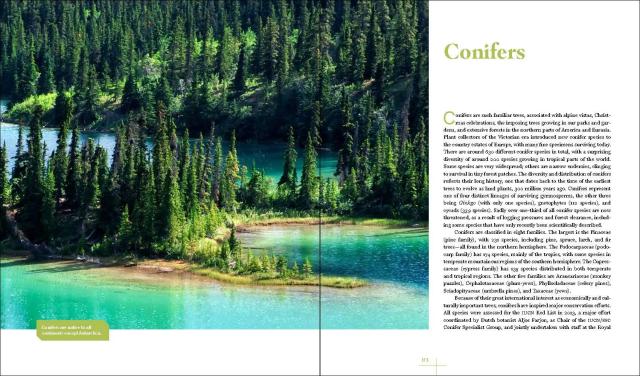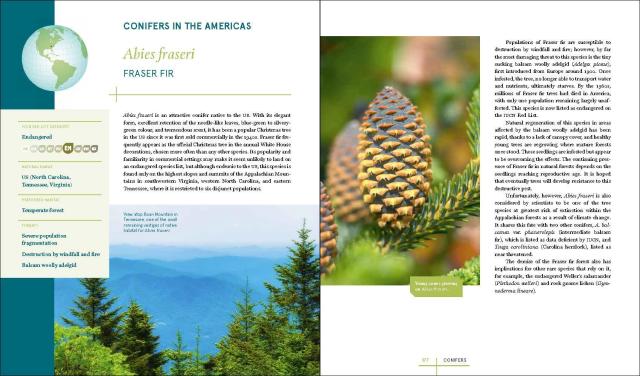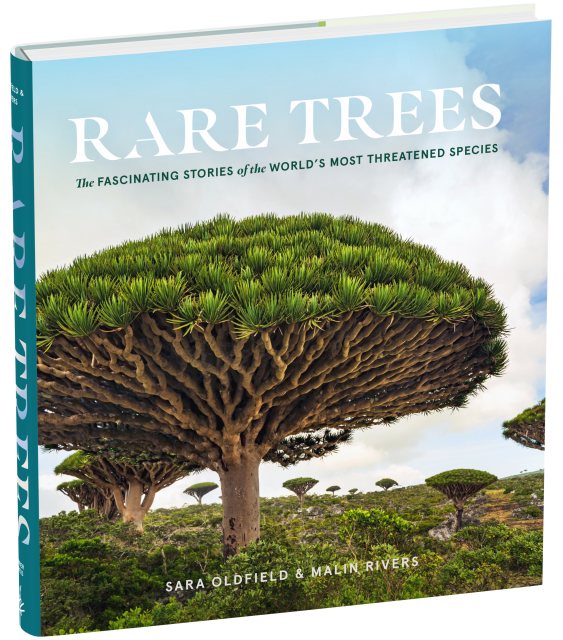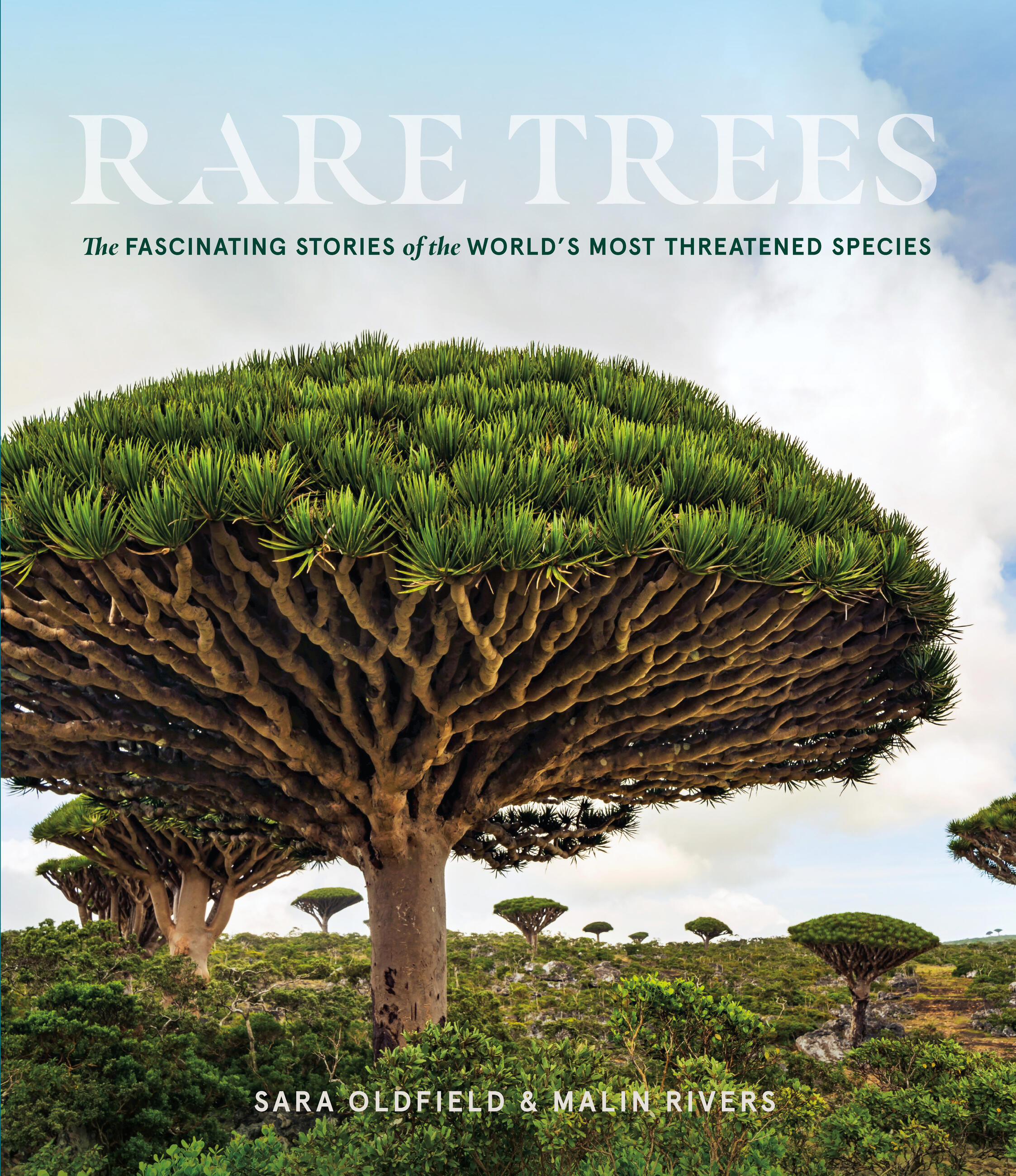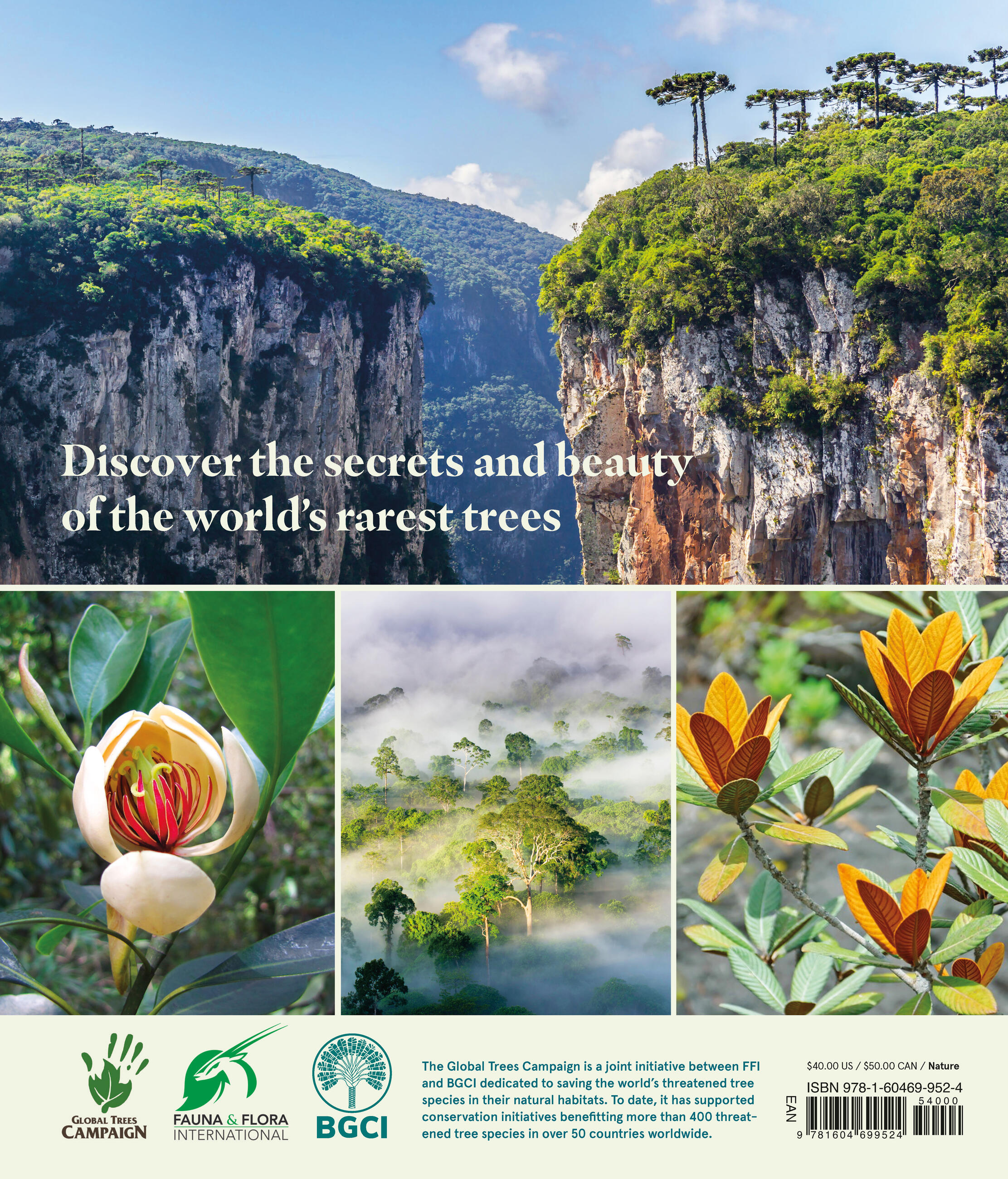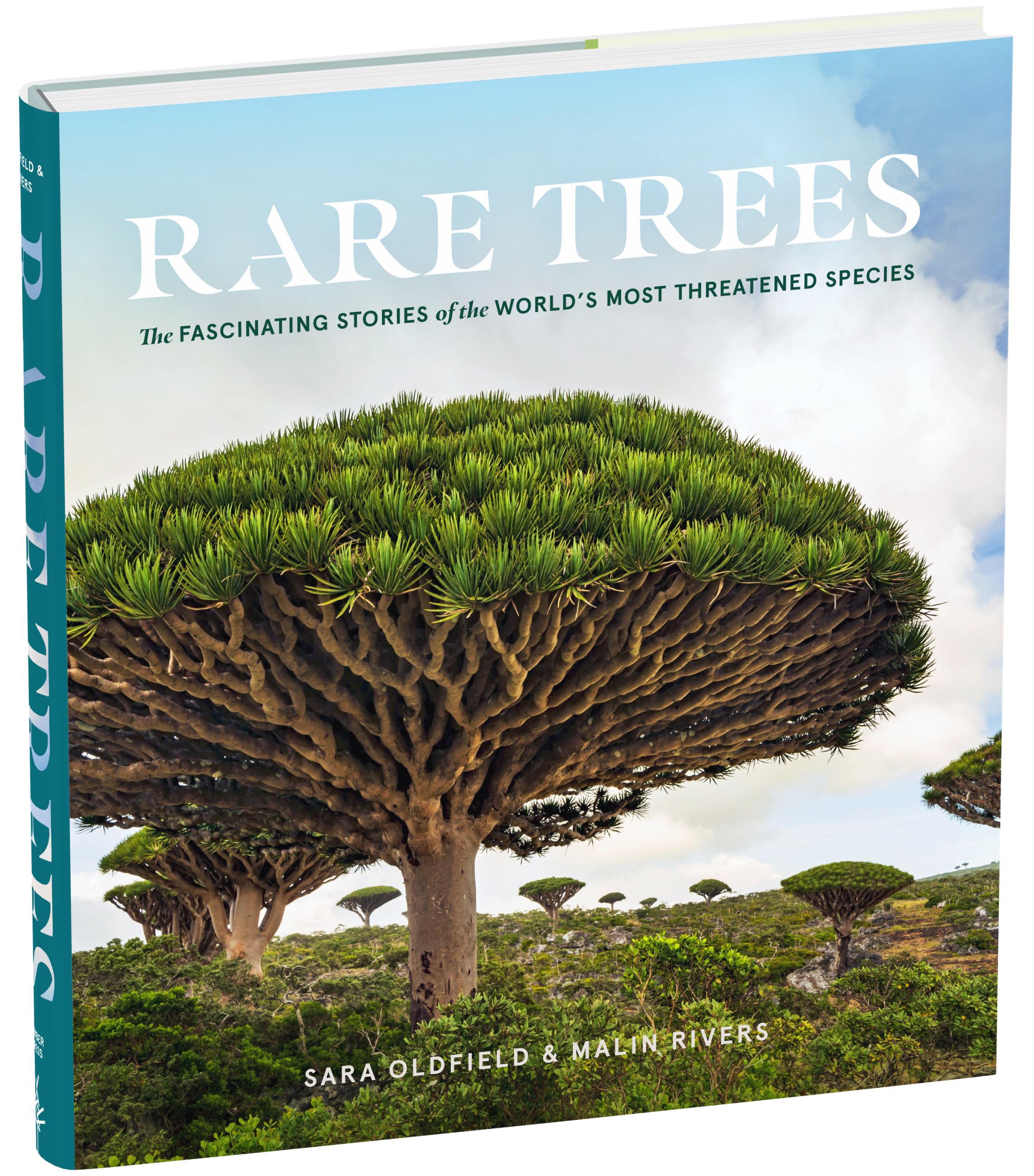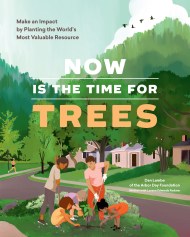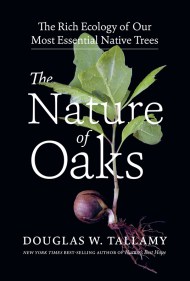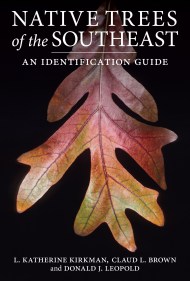Promotion
Use code MOM24 for 20% off site wide + free shipping over $45
Rare Trees
The Fascinating Stories of the World’s Most Threatened Species
Contributors
By Malin Rivers
Formats and Prices
Price
$40.00Price
$50.00 CADFormat
Format:
- Hardcover $40.00 $50.00 CAD
- ebook $18.99 $24.99 CAD
This item is a preorder. Your payment method will be charged immediately, and the product is expected to ship on or around March 21, 2023. This date is subject to change due to shipping delays beyond our control.
Also available from:
Discover the secrets and beauty of the world’s rarest trees in this fantastic book filled with more than 300 color photographs.
Did you know that the resin of the dragon tree was so prized that it was used and traded as medicine by the Roman Empire? Or that the Bornean ironwood is one of the only timbers dense enough to sink in water? Trees have adapted to thrive on steep mountains, high in cloud forests, on dry savannahs, in parched deserts, and in tropical wetlands. Our own human history—and our future—are interwoven with the trees that define the character and environments of our green planet.
Rare Trees offers a stunning visual presentation of 60 of the most fascinating, bizarre, and threatened tree species on the planet, from conifers to magnolias to oaks. With color photographs showing trees and their most unusual features, maps of growing regions, callouts of memorable facts, and examples of poignant cultural and historical uses by Indigenous populations, Rare Trees will give everyone who loves trees an armchair tour of unique specimens from around the globe. You will be inspired to help preserve this critical canopy of life.
Genre:
-
“A lavishly illustrated, lovingly detailed compendium of “rare trees” of the world…In their noble efforts to honor these “rare” trees, the authors will certainly sensitize readers to the trees' value and their peril.”Booklist
-
“Full-color photos accompany fascinating facts about each tree and its environment. Rare Trees makes for a wonderful coffee table reading experience.”425 Magazine
- On Sale
- Mar 21, 2023
- Page Count
- 400 pages
- Publisher
- Timber Press
- ISBN-13
- 9781604699524
Newsletter Signup
By clicking ‘Sign Up,’ I acknowledge that I have read and agree to Hachette Book Group’s Privacy Policy and Terms of Use
